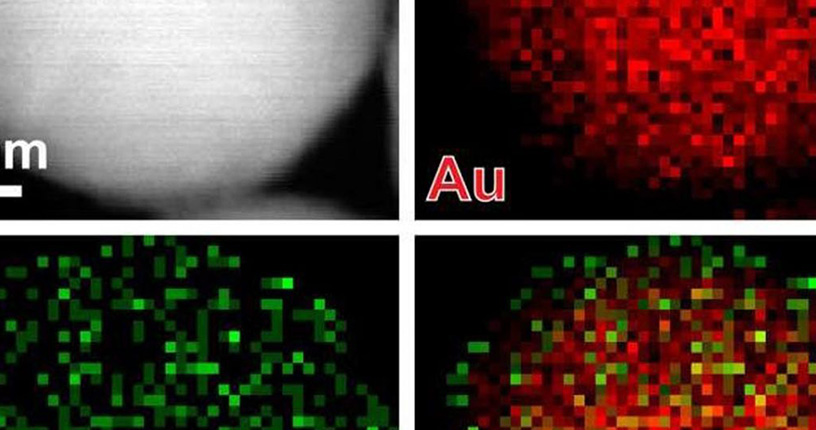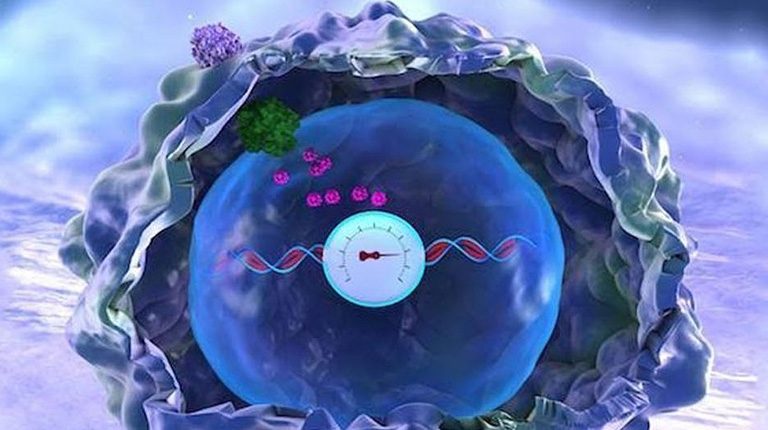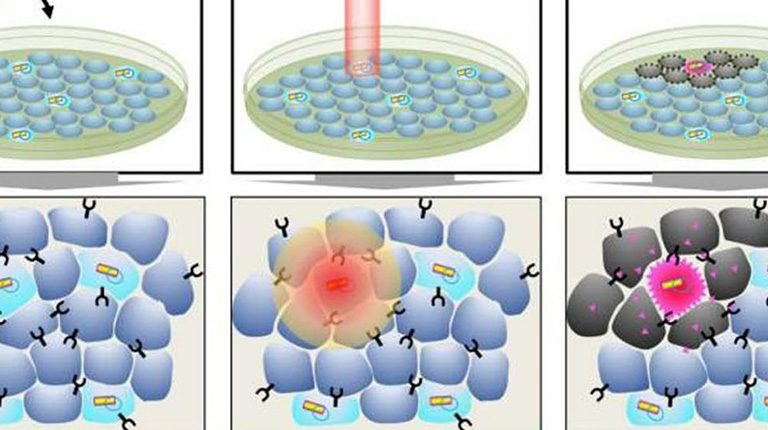The most common test strips among people are the strips of diagnosis of pregnancy and increased gonadotrophin levels as a marker for pregnancy in the human body. This marker can easily be detected in the urine, so that by changing the color of the antibody-coated thick layer on these test strips, the presence of gonadotrophin is detectable.
However, the level of this indicator in the urine is not comparable to that of cancer diagnosis in the blood. Detecting instantaneous concentrations is the biggest challenge of test strips for detecting everything, including cancer, infectious and cardiovascular disease. The existing strips are not sensitive enough to change the color so that they can be seen with the eye. But some types of nanoparticles can make this change, according to a recent study by the Assistant Professor of Chemistry at the University of Michigan Xiaohu Xia, so that there is no significant change in the cost of the test strips. This study was recently published in the journal Nano Letters.
Gold nanoparticles were widely used for treatment in the past decades to diagnose a disease and make medical decisions faster. The novelty of this study was to add a secondary function to nanoparticles by placing these nanoparticles in a thin layer of platinum.
This makes the changes easier to see on the test strips with the naked eye, but also increases the accuracy of the test in quantitative measurements, especially at very low concentrations (picograms per ml). In this study, researchers focused on prostatic antigens (PSA) and observed the signal received from millions of particles in just one drop of blood.
“We need to have a very good diagnosis,” said Xia, “because platinum catalyst is superb, and a small amount of it can multiply the signal, it’s a good way to use it in the test strips.” Gold nanoparticles are seen as a red line, and as soon as the thin layer of platinum is added, redness of the nanoparticles will be shown through this layer.

Gold nanoparticles are seen linearly in red. The ultra sensitive sample of the Xia team is darker than the prototype and shows a greater degree of PSA antigens.
In addition, Xia estimates that the Platinum shell will not increase the cost of finished test strips containing gold nanoparticles on the market, and will also be suitable for other cancer markers.
He stated that the main combination of these antibody test strips will be unique for each cancer and that they are on the market. We can easily replace the antibody and provide a general overview of this public diagnosis.
The next step in this study is to validate this sample for other cancer markers and even carry out tests on infectious specimens.
“The advantage of using this technology is its simplicity,” Xia said. The use of instantaneous diagnostic devices means the convenience of people to buy and diagnose the disease by themselves or even treat the disease. Adding a thin layer of platinum to the golden nanoparticles that has been used for many occasions will improve the technology of test strips outside the lab and in health centers and at home.
Source :
Zhuangqiang Gao et al, Platinum-Decorated Gold Nanoparticles with Dual Functionalities for Ultrasensitive Colorimetric in Vitro Diagnostics, Nano Letters (۲۰۱۷). DOI: 10.1021/acs.nanolett.7b02385



